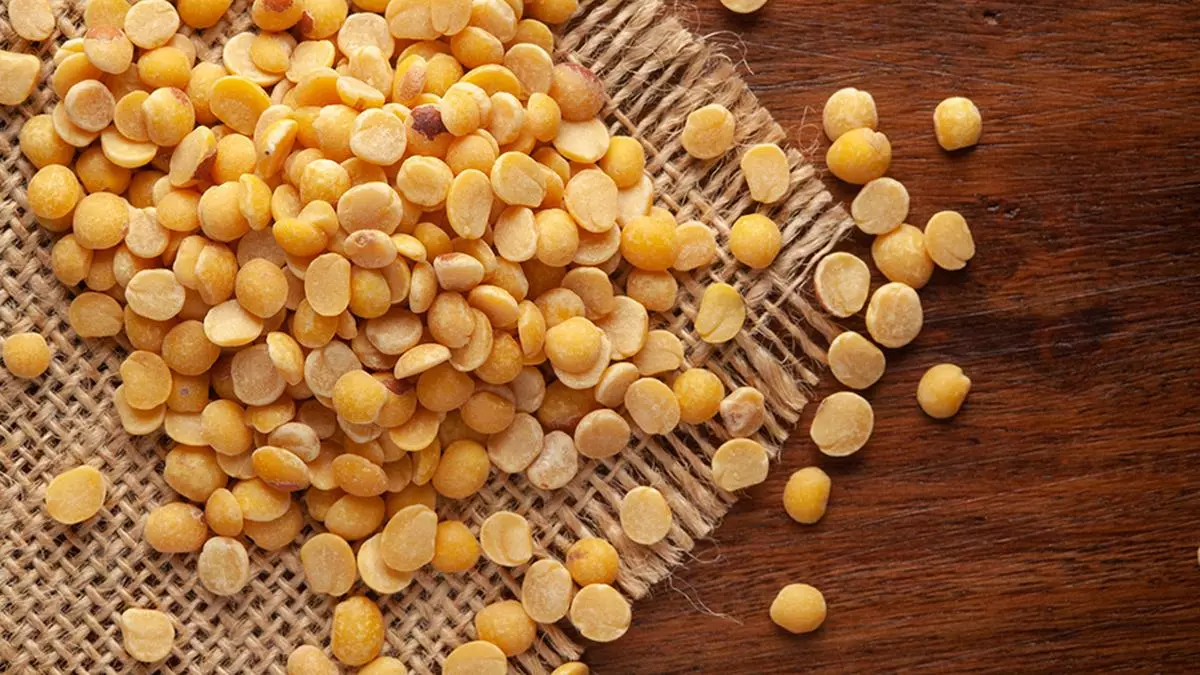India’s kharif sowing gathers pace as pulses, soyabean, maize gain
Kharif sowing has gathered momentum over the past fortnight with farmers preferring pulses such as arhar (pigeon pea/tur) and urad (black matpe) and maize even as soyabean seems to be in favour too.
Overall, kharif acreage is up 32 per cent at 240.72 lakh hectares (lh) compared with 181.60 lh in the same period a year ago, data from the Ministry of Agriculture and Farmers’ Welfare showed.
Early setting in of the monsoon on May 30 this year has also helped kharif sowing. Last year, the south-west monsoon set in on June 25 only. Last year, the monsoon was affected by the emergence of El Nino, which resulted in below-average rainfall.
Monsoon 14% deficient
While the area under paddy is almost at par with last year, the coverage of arhar and urad have, in particular, jumped manifold. (See table). Even moong bean (green gram) acreage has increased from 4.57 lh to 5.11 lh so far.
Though the south-west monsoon set in early, it is 14 per cent below normal as of June 28. Data showed that at least 54 per cent of the 724 districts are either deficient or largely deficient as of June 28.
Experts said farmers could have switched over to crops such as pulses and maize because their prices are currently ruling high. According to the Ministry of Consumer Affairs, arhar prices are averaging at ₹161.99 a kg in retail markets compared with ₹128.66 a year ago. Urad prices are retailing at ₹126.89 against ₹111.77 a year ago.
“Branded arhar and urad prices are ruling near ₹250 and ₹200, respectively, in retail outlets,” said the expert, who did not wish to be identified.
“It is too early to draw any conclusion. A clear picture will emerge in July-end,” said BV Mehta, Executive Director, Solvent Extractors Association of India.
Will measures to control inflation impact?
Karnataka is among the States where such significant changes are being witnessed with urad, arhar, moong and maize being the principal gainers.
The expert said one will have to await farmers’ reaction to a couple of developments such as permitting maize imports under tariff rate quota, allowing duty-free imports of pulses until March 31, 2025 and imposing stock limits. “These have taken place in the past week to 10 days,” he said.
Among Shree Anna and coarse cereals, maize acreage has nearly trebled with jowar being the other significant gainer. Jowar coverage has increased to 1.53 lh from 0.98 lh. The area under bajra, however, has plunged to 4.09 lh from 25.67 lh a year ago.
Poor water storage
Soyabean coverage has soared among oilseeds but that of groundnut trails. Soyabean has so far been planted on 33.66 lh (1.63 lh a year ago), while the groundnut area trails at 8.19 lh (14.56 lh). “There are reports that some farmers, especially in Gujarat, may shift to groundnut from soyabean or cotton,” said Mehta.
Sugarcane acreage has increased, while cotton sowing also shows promise despite fears that farmers could cut down the natural fibre crop’s acreage on bearish prospects. Jute and mesta coverage was lower by about 40,000 hectares.
The rise in kharif sowing also comes despite water storage in the 150 major reservoirs declining to 20 per cent of the 178.784 billion cubic metres capacity. Experts said farmers are tapping groundwater in hope that the monsoon will be above-normal as predicted by IMD.
